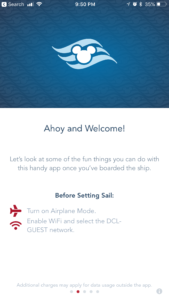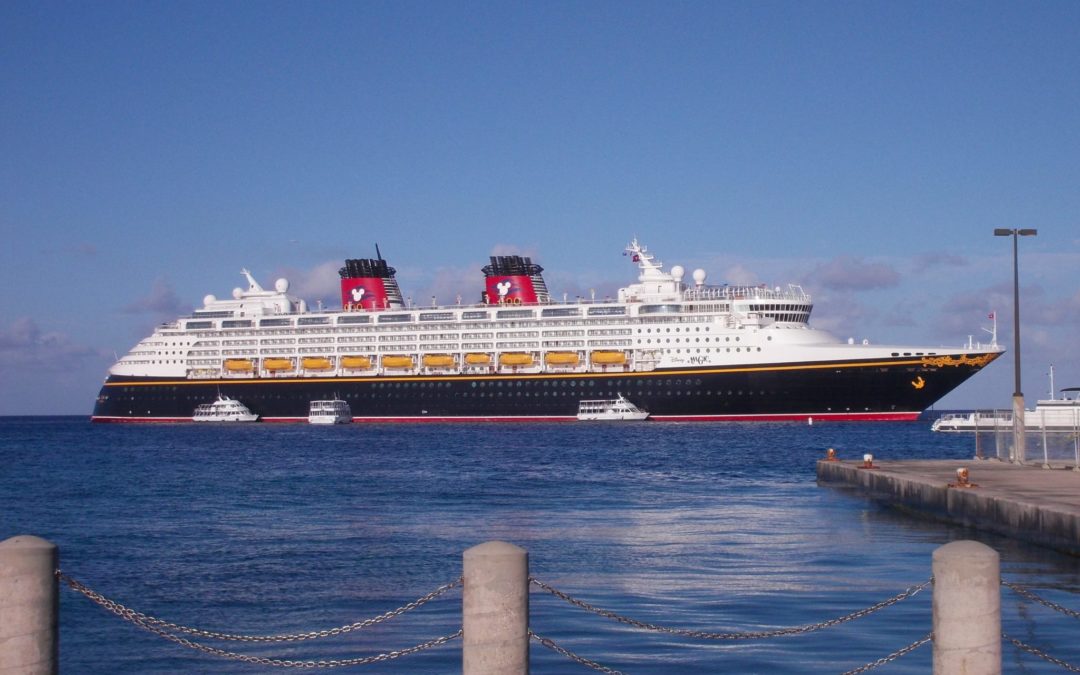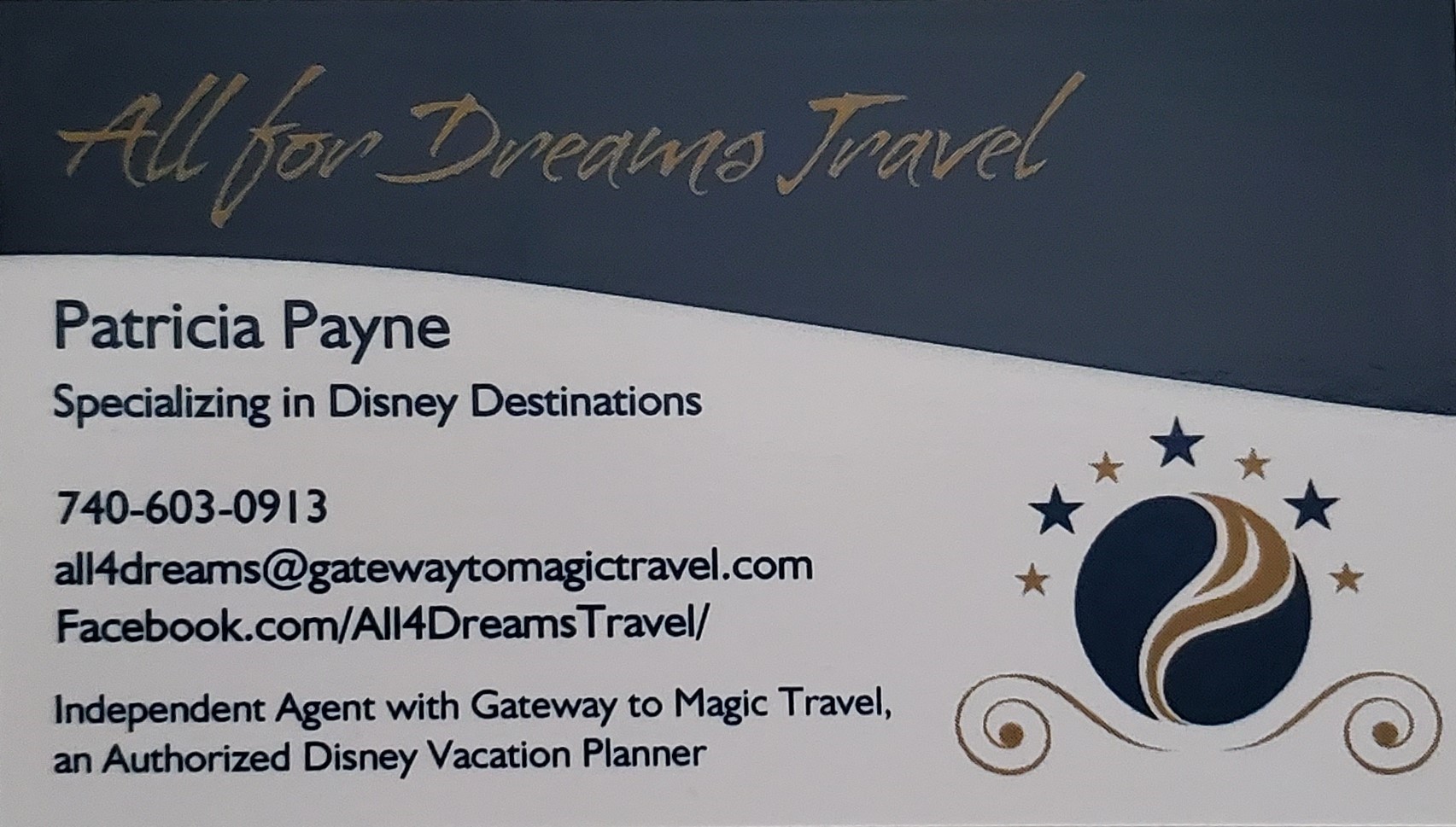 So, you’re planning an overseas Disney Cruise Line trip. I hope you read Part 1, where I talked about the basic logistics of planning your trip. In Part 2, I’ll talk about the best way to pay for things while overseas, finding lodging, and using technology to help you plan and stay in touch with loved ones back home.
So, you’re planning an overseas Disney Cruise Line trip. I hope you read Part 1, where I talked about the basic logistics of planning your trip. In Part 2, I’ll talk about the best way to pay for things while overseas, finding lodging, and using technology to help you plan and stay in touch with loved ones back home.
Paying When You’re Overseas
One of the issues with traveling overseas is getting local currency. Things are a bit simpler now that most European countries use the euro, but it can still be a bit tricky. First of all, the currency exchange counters at airports are generally the absolute worst place to exchange money. They usually have a really bad exchange rate plus a surcharge tacked on top.
In fact, to get the best exchange rate, I typically try to make all my purchases on my credit card. The rates the credit card issuers use (you can check Mastercard and Visa’s rates online; American Express and Discover are not widely accepted outside the United States) are much better than any currency exchange place you will encounter. Plus, you get lots of protections from using credit cards, including possible travel and purchase insurance and rewards points or airline miles. However, it is very, very important to make sure that you use a credit card with no foreign transaction fee, or you will see an additional 1-3% charge tacked on to every purchase.
Tip: If a foreign merchant ever offers a choice at checkout of whether to use local currency or your own (US) currency, choosing the local currency rather than the dollar is always a better rate.
There are times, though, when you have to have some foreign cash. For our upcoming Western Mediterranean cruise, I have found that tour operators in Italy and some parts of France will not accept credit card payments. I don’t want to go through the hassle and expense of changing money in the United States and bringing wads of cash overseas with me. So I will use my debit card from my US bank to pull out euros from foreign bank ATMS. (It’s important to make sure that it’s an ATM that belongs to an actual bank rather than a stand-alone “currency exchange” ATM that will charge a fee and give an unfavorable exchange rate. My bank does charge a 1% transaction fee, but this is the easiest and safest way I have found to get cash while overseas. My bank luckily gives me 10 free ATM withdrawals per month, but make sure to check with your own banking institution to find out whether there are fees involved.
Tip: Always let your bank and credit card know when you are traveling abroad. It would be a nasty and inconvenient surprise to have your credit card suddenly suspended while you’re traveling overseas because the issuer suspects fraud.
Finding Lodging
Disney Cruise Line does offer hotel packages for pre and post cruise stays, but for more affordable options, you will want to look elsewhere. If you want to stay in American style hotels, there are plenty of international hotel chains that can easily be booked online (for example, we are using points to stay at a Holiday Inn post-cruise in Barcelona). However, there are an increasing number of hotel booking sites such as Booking.com and Hotels.com that allow you to search a wide variety of lodging options in one fell swoop.
Tip: Always do your shopping and travel booking through websites like Ebates. I’ve made over $500 in the past few years simply by going through this free portal and shopping the way I normally would.
We are a large extended family group of seven, and many hotel rooms in Europe can’t even house our immediate family of four. So for our pre-cruise stay we have booked a three bedroom apartment that I found on Booking.com. It gives us more room to spread out and was cheaper per night than three separate hotel rooms.
Let Technology Help You With Your Excursions
When it comes to planning excursions and sightseeing, I read reviews on Trip Advisor and Cruise Critic, pore over travel blogs, and check out travel books from the library (Rick Steves is a favorite). Nowadays it’s easier than ever to do long distance planning for a trip, and many European attractions let you buy tickets online, an absolute necessity when you’re traveling in the busy summer season.
There are times, however, when a phone call is the only way to confirm a tour, ask a question, or purchase something. When it came time to buy tickets to the Uffizi Museum, the cheapest and best way to get a reservation for the time slot we wanted was to call the museum directly. We don’t have an international calling plan, so I simply used the Skype app to make a call to Florence. A several minute call only cost me 26 cents.
Staying Connected While Overseas
Most American cell phone carriers only have expensive options for overseas coverage. And the data packages onboard the cruise ships are very pricey (and the internet speeds are quite slow!) But there are other options for staying connected while you travel.
If your smart phone is unlocked, the first option is to buy a relatively inexpensive local SIM card for your phone once you get overseas. A SIM card with a few gigs of data, texting, and phone calls can be purchased for around 30 euros

The Navigator app keeps you up to date on onboard activities, lets you communicate with others, and also serves as a countdown calendar.
(just under $35) in most countries.
Tip: If you made travel arrangements months in advance, it’s always a good idea to check back in with tour providers and lodging owners right before your trip. I always send out an email a couple of weeks before we’re due to leave to make sure that our arrangements are still in place and that there have been no changes to the meeting time or place.
This is the route I’ve gone in the past. But there’s another option: rent a Wi-Fi hotspot for the length of your vacation. I’m trying this out for the first time this trip. I am renting a hotspot that has unlimited data in 37 countries (you get 1 GB per day at 4G speeds) for two weeks and it’s only costing me a total of $52.52. I can connect up to 5 devices at once, so that will also keep my teenage daughters happy.
Note that hotspots won’t work when you’re truly at sea, but on a port-intensive itinerary and a land tour afterwards, they will sure come in handy.
Apps like Skype and Facebook can make calling back to the States via Wi-Fi a snap. And many Europeans use WhatsApp, so that’s also an option if you want to message a local tour provider that, say, you’re running a few minutes late.
Other apps that I’ve found to be helpful are Google Translate and GlobeConvert, which is particularly useful because it can convert currency and units offline. And of course, you should make sure that you download the Disney Navigator app before you take off for your trip. You’ll find it indispensable on board the ship, and my kids like to use it as a countdown calendar in the days leading up to the cruise.
One of the biggest tips I can give is to use a travel agent to help you plan your trip. Contact Patricia at All for Dreams travel for FREE help booking Disney cruises and vacations.
Have you ever taken a Disney cruise overseas? How about a vacation to a Disney park in another country? Let us know in the comments below.






